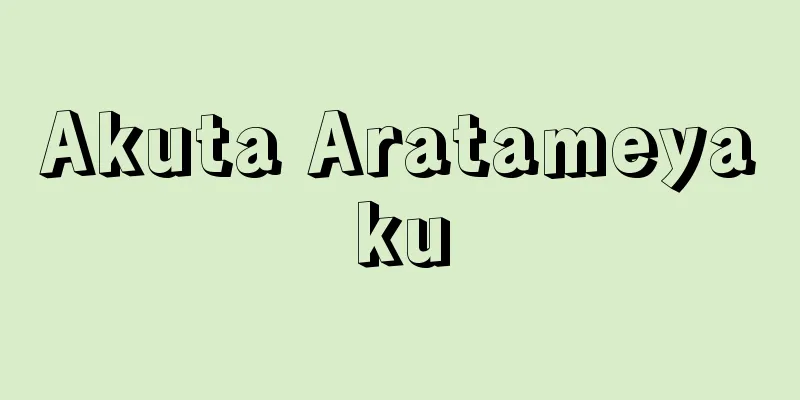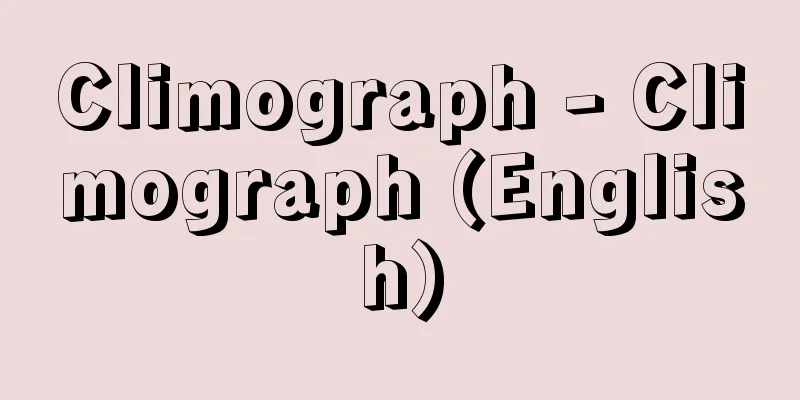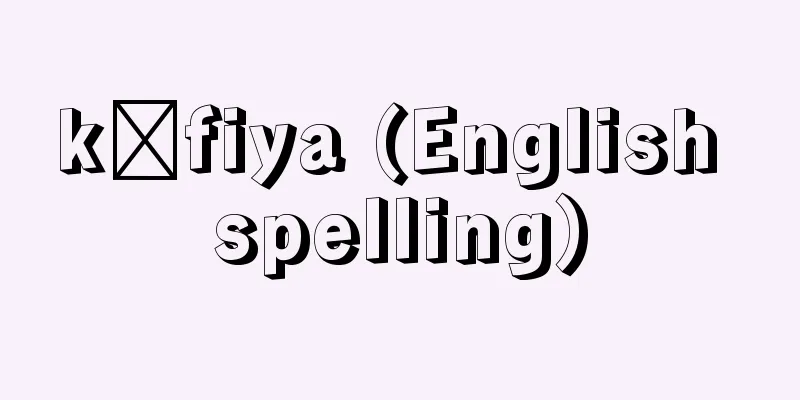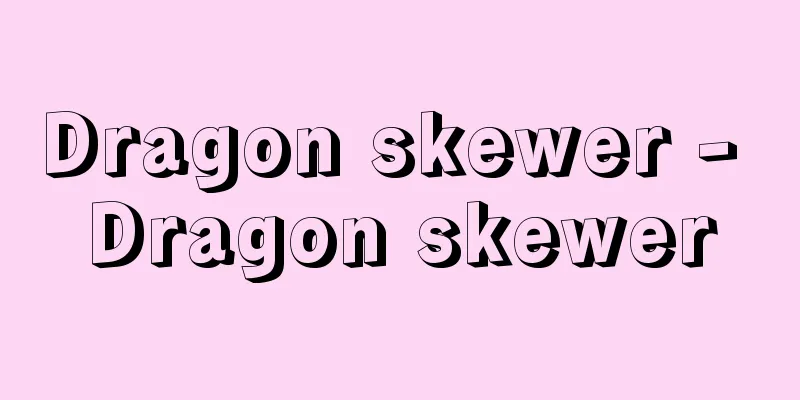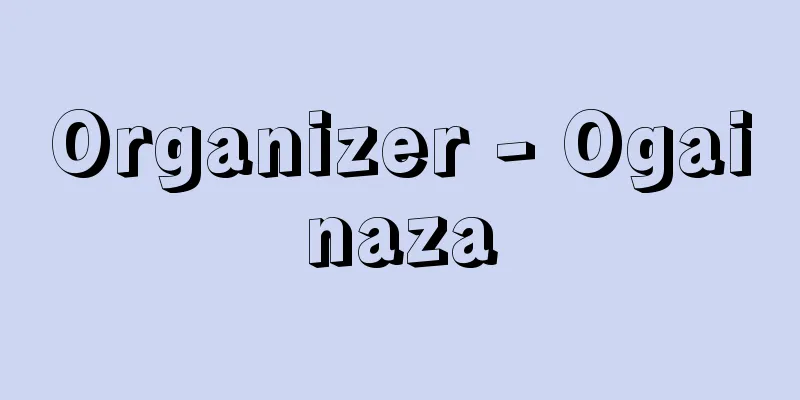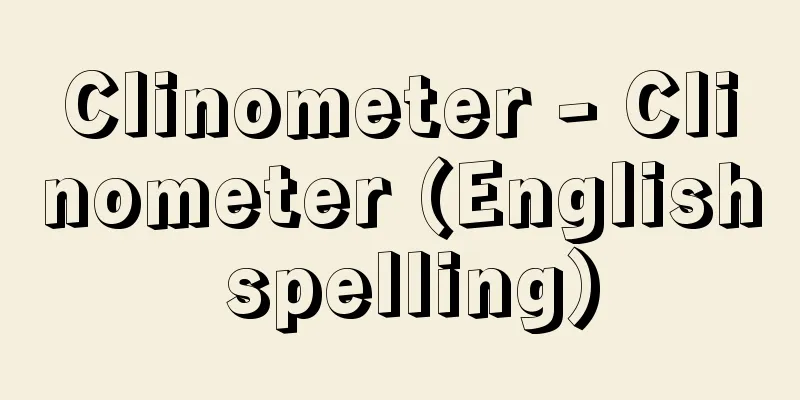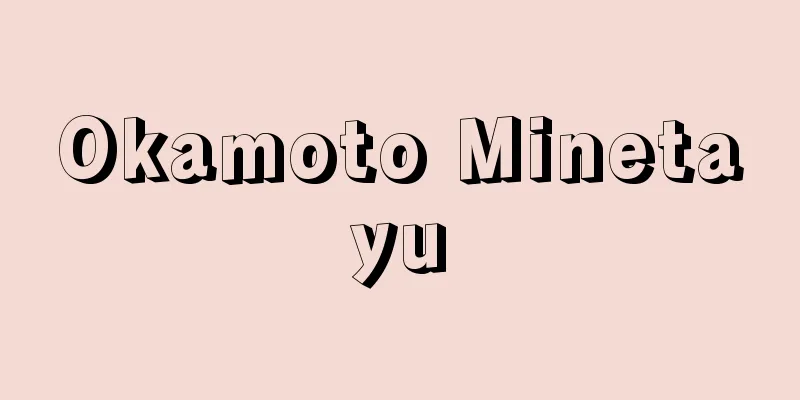Trompe l'oeil (English spelling) [France]
![Trompe l'oeil (English spelling) [France]](/upload/images/67cc607be65bc.webp)
|
The term means "to trick the eye," and in the visual arts, refers to pictorial expressions that give the illusion that the depicted objects are actually there, that is, "trompe l'oeil." In the sense of deceiving, illusionism and anamorphosis are also examples, but in the narrow sense, it refers to still life paintings that cleverly use optical illusions, such as cloth hung on the wall, pieces of paper pinned down, or flies landed on the picture plane. It developed well mainly in the United States in the 18th and 19th centuries. Its lineage can also be seen in 20th century American superrealism. Source: Heibonsha World Encyclopedia, 2nd Edition Information |
|
〈眼だまし〉の意で,造形芸術において,描かれたものが現実にそこに実在するかのような錯覚を与える絵画的表現,つまり〈だまし絵〉をいう。だますという意味ではイリュージョニズムやアナモルフォーズもそうであるが,狭義には,壁につるした布やピンで留めた紙片,画面にとまったハエなどをはじめとして,錯視効果を巧妙に利用した静物画を指す。18,19世紀におもにアメリカでよく発達した。その系譜は20世紀のアメリカでのスーパーリアリズムにも見られる。
出典 株式会社平凡社世界大百科事典 第2版について 情報 |
<<: Trondheim - Trondheim (English spelling)
>>: Tromp, Maarten Harpertszoon
Recommend
School of science - École scientifique
This school criticized the French commentary schoo...
Untouchables
A general term for the discriminated groups (outc...
Battle of Orléans
…It is certain that the Dauphin had received info...
Night Game
A term created in Japan to refer to night games su...
Asahiokayama Shrine
...In the Tohoku region, a Bonten dedication fest...
Tsumugi
Silk fabric woven with tsumugi thread. Tsumugi th...
Formwork concrete blocks
...A product made by molding and hardening concre...
Improved 20-ka - Kairyo Niwaka
...However, after Horaku passed away and Danjūrō ...
Noblesse
…These associations largely embraced the traditio...
Tamayo - Gyokudai
〘 noun 〙 The fee for entertaining a prostitute or ...
Indian cobra
…It is found in the tropical and subtropical regi...
Selberg, A.
…It was proved by Riemann's deep idea that π(...
millenarianism
…It can also be used to refer to an ideal world, ...
Onishiogama - Onishiogama
A semi-parasitic perennial plant of the Scrophula...
Vernant, JP (English spelling) VernantJP
...Although this idea is not justified from a rel...
